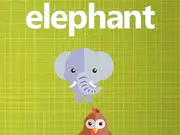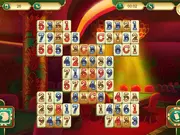-
Grid Move
-
Shoot and Merge
-
CQT
-
Circle Clock
-
Fishing Blocks
-
Connect Glow
-
Turn Hit
-
4 in a Row
-
Super Wings Matching Pairs
-
Water Flow Html5
-
Hexagons Moving
-
Line of Defense
-
Platforms 4 Colors
-
1000 Cookies
-
Geometric Solids
-
The Sounds
-
Emoji Puzzles
-
Capybara Screw Jam
-
Find the Shape!
-
Sparkle 2
-
Merge Candy Saga
-
Bubble Shooter Pop
-
Bubble Monsters
-
Load The Dishes ASMR
-
Bus Puzzle
-
Witch Alchemist Saga
-
Easter Triple Mahjong
-
What's that animal?
-
Emoji Crash
-
Pirate Bubbles
-
Patchworkz!
-
Mini Games: Calm And Puzzle
-
Snake Island 3D
-
Flap Flat Twins
-
Jelly Dash 3D
-
Temple Jewels
-
Slide Them Away
-
Stellar Witch
-
FNF VS Ronald McDonald: McMadness
-
BugsBunny Builders Match up
-
Back to Candyland 5: Choco Mountain
-
Flow Deluxe 2
-
Flat Jewels Match 3
-
Mahjong World Contest
-
Fitz!
-
Jewel Burst
-
Kill the Virus Html5
-
Merge For Renovation
-
Hyper Memory Food Party
-
Super Puzzle RPG
-
Survive Squad
-
Animals Memory Match
-
Christmas Sorting
-
Oh Peach-It
-
Painting Paper
-
Vegetables Mahjong Connection
-
Fruits Bubbles
-
Just Divide
-
Skibidi Match Master
-
Playing Cards Memory
-
Pokevolve
-
Fill Pix
-
Craig of the Creek: The Hunt for Mortimor
-
Lu and the Bally Bunch: Find It
-
Tribal Twist
-
Falling Blocks
-
Onet Mahjong Connect
-
Big Block Blast
-
Good Sort Master: Triple Match
-
Sticker Book Puzzle: Color By Number
-
Weapon Upgrade
-
Merge Memes







































































